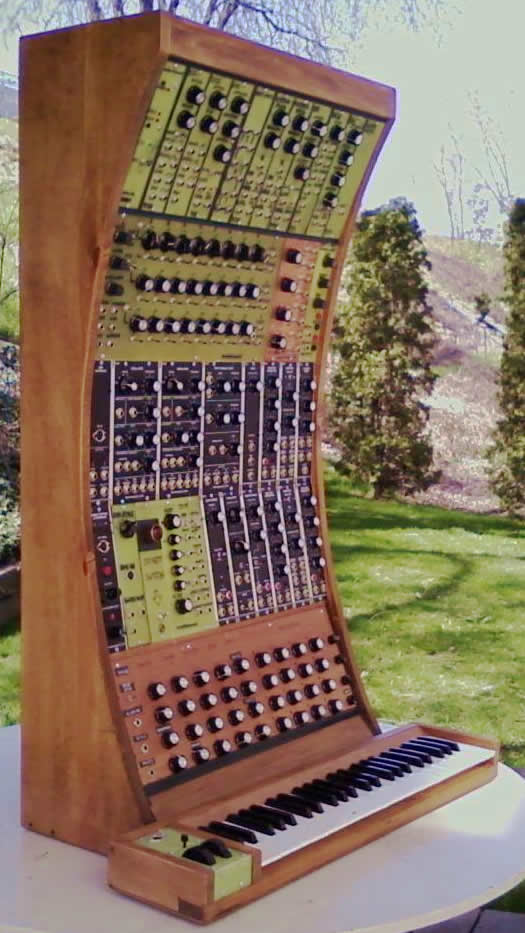Site Map
audio
sound theory
sound recording
basic recording technique
location recording
film sound recording equipment
sound recording studio
sound effects
quadraphonic sound
mini moog synthesizer
sound synthesizer
sequencer
korg_volca_modules
cinema production
cinema production technique
grip
cinema production equipment
cinema cameras
arriflex-s
arriflex-m
arriflex IIB
arriflex-IIC
arriflex-16 blimp
arriflex 120s blimp
auricon pro 600
bolex H16
krasnogorsk-3
mitchell BNCR
mitchell 16 blimp
fastax
fastax II
camera support
worrall geared head
houston fearless cradle head
fearless panoram dolly
mcallister hydraulic dolly
mathews tulip crane
meccanica italiana crane
cinema post production
telecine
cinema post production equipment
moviola 16 upright editor
graflex/palmer 16 mechanical interlock
devry 35 mechanical interlock projector

